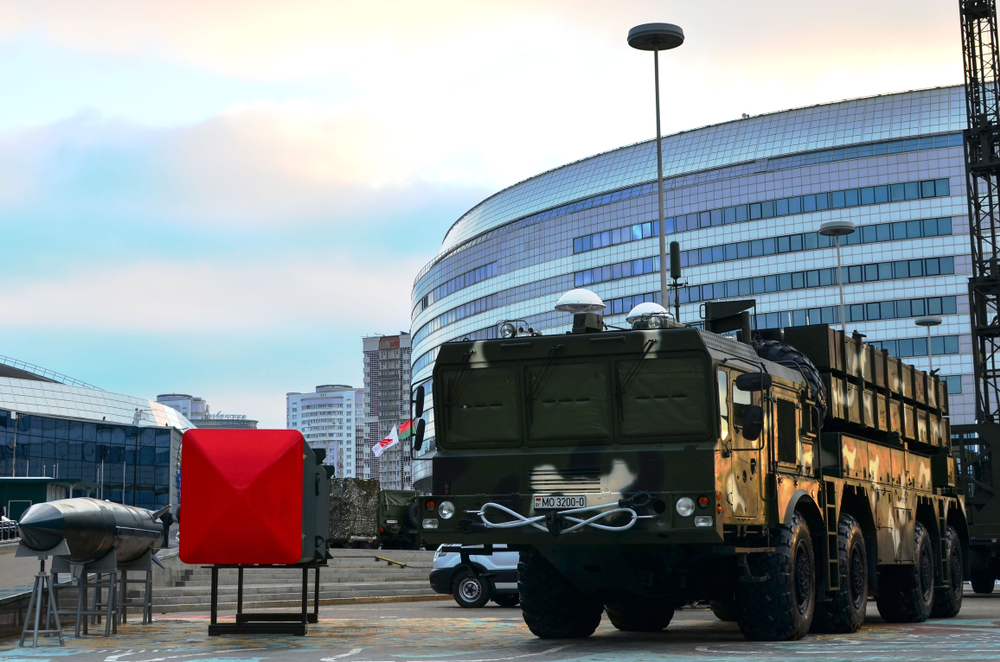Despite Belarus’s close alignment with Russia the potential transfer of Polonez-M systems remains uncertain.
Others are reading now
The South China Morning Post has highlighted the intricate relationship between Belarus and China regarding military technology, particularly the advanced Polonez-M missile systems.
Need Chinese Approval
These systems, among the most sophisticated in Belarus’s arsenal, have undergone recent combat readiness tests, showcasing their capabilities, according to WP.
The Polonez-M systems are heavily influenced by Chinese design, having been developed in collaboration with Chinese engineers.
They utilize missiles produced in China, making their transfer to Russia contingent upon Beijing’s approval.
Also read
Current geopolitical tensions have rendered such approval unlikely, as both China and Belarus appear to be cautious about crossing “red lines” in their military cooperation, especially in light of strained relations with the West.
Remains Uncertain Despite Strong Ties
With a range of approximately 300 kilometers and a margin of error of just 30 meters, the Polonez-M systems significantly differ from the older Soviet-era weapons that dominate the Belarusian military inventory.
The launchers are mounted on an 8×8 wheeled vehicle and can carry multiple missiles, demonstrating a modern design approach.
Despite Belarus’s close alignment with Russia, which includes support for its military operations in Ukraine, the potential transfer of Polonez-M systems remains uncertain.
Belarus has already aided Russia by allowing its territory for troop movements and logistics while supplying various military equipment, including artillery shells, trucks, T-72A tanks, and BMP-2 infantry fighting vehicles.
As the situation develops, the relationship between Belarus, Russia, and China will likely continue to evolve, impacting regional security dynamics. The reliance on Chinese technology could shape the future of military alliances in Eastern Europe,


